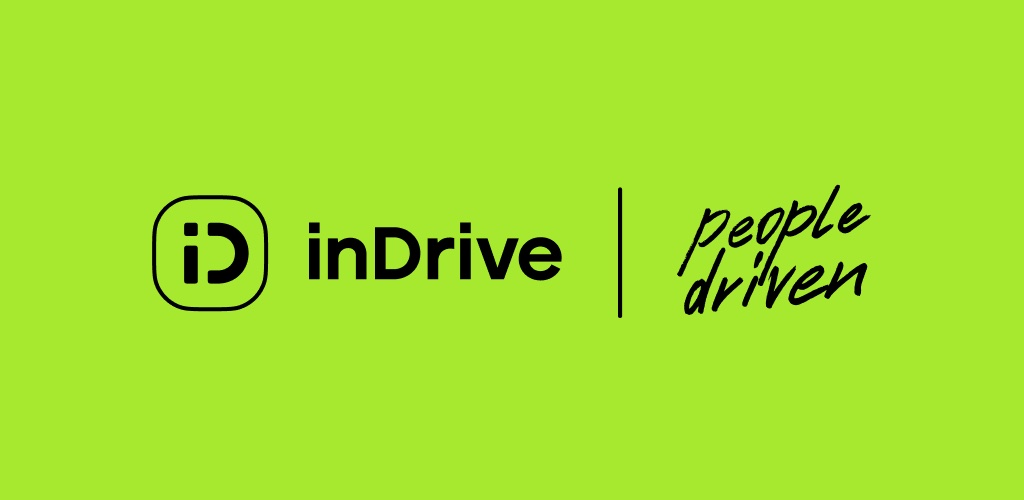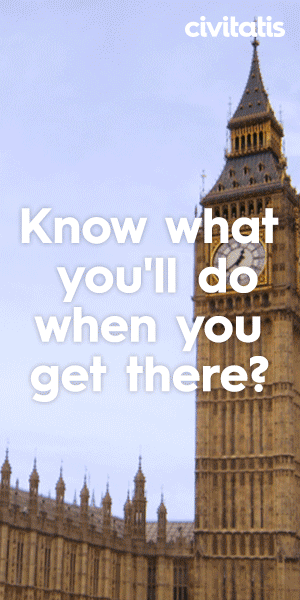Navigating a sprawling city like Bogotá with its estimated population of 8 million inhabitants can be a daunting task, especially for first-time visitors. However, with the right information and guidance, you can efficiently traverse this vibrant city like a seasoned local.
This comprehensive guide will provide you with an overview of the various public transport options in Bogotá. Including the use of the ride-sharing mobile applications like Uber, InDrive and DiDi.
How to get around the city in Bogotá Colombia?
Introduction To Public Transport In Bogotá
Bogotá’s public transport system is extensive, reflecting the city’s size and diversity. The city’s transport infrastructure has been designed to facilitate easy movement for both locals and tourists.
Whether you’re visiting historical attractions, landmarks or you’re simply exploring the city on a short layover, knowing how to get around in Bogotá will enhance your travel experience.
Getting Around Bogotá Using The TransMilenio
TransMilenio is the bus rapid transit (BRT) system, that forms the backbone of Bogotá’s public transport network. This efficient system covers several routes along the city’s main roads. You can travel from El Dorado Airport to the historic city center, the outskirts of Bogota, and most tourist attraction zones using the TransMilenio.
Yet, if you are carrying luggage and coming from or going to, the El Dorado international airport, I would personally advise you to take a different transport option. And I recommend using a private airport transfer service.
The TransMilenio does get crowded and it attracts pickpockets and thieves. You don’t want to be on the TransMilenio with your luggage. So, if you’re transferring between the airport and your accommodation, always take a private transfer.
Understanding The TransMilenio Services
TransMilenio operates various service lines characterized by distinct colors, numbers and letters. All the stations and routes are clearly marked, both at the actual TransMilenio stations and on the maps. Most TransMilenio services run from around 5 am until 11:15 pm.
However, the exact schedules may vary and it’s advisable to check the official TransMilenio website for the most accurate information. Or use Google Maps for a basic rundown of the TransMilenio routes and bus schedules.
Tips For Using The TransMilenio
Navigating through the TransMilenio can be a bit hectic, given its extensive network and high passenger volume. During peak hours (5 am-9 am and 4 pm-7 pm), it’s a bit like being a sardine in a can.
To use the TransMilenio bus service you need to purchase a one-use ticket or a Frequent User Card, which you can top up as needed. While the TransMilenio may seem overwhelming at first, it’s a fast and efficient way to bypass Bogotá’s infamous traffic jams.
Safety Tip: As a tourist, don’t use the TransMilenio after dark. Armed robbery on the busses at night, is a very common occurrence in Bogotá.
SITP Buses: An Extension Of TransMilenio
The SITP (Sistema Integrado de Transporte Público) is a complementary bus service that works in tandem with the TransMilenio. It’s one of the cheapest options to get around in Bogotá.
To use both the TransMilenio and SITP, you need a Tullave card which you can preload with travel credit. The Moovit and TransmiSitp apps are both useful tools for tracking costs, stops and routes.
Yellow Taxis In Bogotá
Bogotá boasts a large fleet of yellow taxis that operate throughout the city. Taxis appear to offer a convenient transport option, especially for longer distances or when traveling with heavy luggage. Yet, they aren’t particularly safe.
It’s the taxis in Bogota that are more often involved in what’s called ‘Millionaire rides‘ (Paseo Millonario). Which is a form of express kidnapping. The other problem with the taxis in Bogota, are that they drive in a generally unsafe manner.
Taxis in Bogota will speed through red lights, disregard road rules and are often involved in major accidents. Particularly at night. I see at least one major accident involving a taxi, every couple of days.
Yet, if you still want to use the taxis, then for safety reasons, it’s advisable not to hail taxis on the street. Instead, order a taxi through an app or call a reliable taxi company.
Note: I personally recommend that you avoid using the taxis as a foreign tourist.
Ride-Sharing Mobile Applications In Bogotá
Ride-sharing mobile applications have taken Bogotá by storm, offering a convenient and much safer alternative to traditional taxis. These applications include Uber, InDrive, DiDi and Beat, among others.
I personally use InDrive instead of Uber in Bogotá. Because, unlike Uber, InDrive has no surge pricing and you can set the price that you’re willing to pay to get to your destination. Once you’ve entered what you’re willing to pay for the ride, the drivers can choose to accept it or not.
Uber In Bogotá
Uber is typically the most popular choice for tourists. That is, until they actually try to use it in Bogotá. InDrive (below) is the better option in Bogotá.
Uber offers a variety of services including UberX and UberPOOL for budget-friendly options, UberBLACK for premium service and UberVAN for larger groups.
However, due to regulatory issues, there is some hostility between the Uber drivers and the traditional taxi drivers. Therefore, it’s advisable to sit in the front seat when you’re using Uber, to give the impression that the driver is a friend.
And do take note that UberEats doesn’t work in Colombia. Only the Uber ride sharing app functions in Colombia. For food, you’ll need Rappi.
Travel Tip: Uber does function from the airport. But with all of the added airport surcharges that Uber adds to the bill, an Uber from the airport will cost about the same as a pre-booked airport transfer. But the pre-booked airport transfer will be easier to find and less of a hassle to use.
Safety Tip: You will often find that the Uber driver doesn’t finalize the trip when you get out of the car. And they will then keep driving around town with the meter still running. This is common among Uber drivers in Bogotá. They’re running up extra charges. When they do this, report them immediately to Uber.
InDrive And DiDi In Bogotá
InDrive and DiDi are other popular ride-sharing applications in Bogotá. They operate similarly to Uber and they offer a reliable and safe means of transport.
Locals (and myself) will often preference InDrive over DiDi and Uber. Because the prices for InDrive are the cheapest, followed by DiDi and Uber in Bogota. I was using Uber, because it’s linked to my bank card in Colombia. But, I switched because InDrive is cheaper and easier to use.
One problem you will find in Bogotá with Uber, other than it being more expensive than InDrive, is that the Uber drivers will often accept and then cancel rides. They do this thinking that they can trigger ‘surge pricing’ and make the price go up even further.
Sometimes, accepting and then canceling rides, works in favor of the Uber drivers. But every time they cancel, it just creates delays and inconvenience for Uber’s customers (i.e. you and me). It’s just one reason the locals in Bogotá prefer InDrive.
For a full rundown on what InDrive is and why you should use it, see this article.
The Traditional Public Buses In Bogotá
Bogotá’s regular public bus system is another essential component of the city’s public transport network. These buses serve numerous routes, including some areas not covered by the TransMilenio.
However, deciphering bus routes can be confusing if you’re unfamiliar with the city, or you don’t speak Spanish. As a tourist, if a route isn’t covered by the TransMilenio or SITP, you should just use Uber, DiDi or InDrive.
Car Hire Services In Bogotá
For travelers who prefer the flexibility and convenience of self-driving, car hire services are available in Bogotá. Reputable companies like Avis, Hertz and Milano Car do offer various vehicle options. However, driving in Bogotá can be challenging due to heavy traffic and occasional chaotic driving conditions.
I personally opt for ride sharing mobile applications like InDrive around the center of the city in place of hiring a car. Driving within Bogota is not for the feint of heart. Unless you’d be comfortable driving in a more chaotic version of New York, then driving in Bogota is not for you.
With that said, if I was spending time in Usaquén or Chía, I would hire a car. Or, if I was planning to stay in neighboring Boyacá and visit sites like Villa de Leyva, I would consider driving.
Getting Around Bogotá On A Bicycle
Bogotá is renowned for its comprehensive bicycle network, which spans over 300km of cycle paths. The city provides bicycle parking facilities integrated with the TransMilenio bus system.
Bike hire services are available in Bogota and there are guided bike tours for those interested in exploring the city on two wheels. You can also hire public e-bikes in parts of Bogota.
On Sundays the city closes parts of the road networks to allow citizens to ride, run or walk through the city. It’s called La Ciclovía. And it happens every Sunday from 7am to approximately 2pm in Bogota.
Safety Tips For Navigating Bogotá
While Bogotá’s public transport system is generally safe, it’s essential to stay vigilant and observe basic safety precautions. Be mindful of your belongings, especially in crowded areas. Pickpockets and malandros (thugs or criminals) are in abundance on Bogota’s public transport system.
If you’re using a taxi, you should always ensure it’s from a reputable company. If the taxi doesn’t have a meter or looks slightly off, do not get into that taxi and instead order another. Taxis can be downright dangerous in Bogota.
Insurance For Travelers Coming To Bogotá
Ensuring you have comprehensive travel insurance is crucial when traveling around Bogotá. Your insurance should cover any potential travel disruptions, health emergencies, car accidents and theft.
I get my travel insurance policies for Bogota from www.visitorscoverage.com.
Navigating Bogotá’s public transport system might seem overwhelming initially, but with the right information, it becomes an integral part of your travel experience. Use this guide to understand how to get around in Bogotá, and you’ll be navigating the city like a seasoned local in no time!
Where Can I Get More Information On Bogotá?
If you’re planning to visit Bogotá on your next vacation, or you’re simply interested in Colombia in general, you should read my Bogotá City Guide.
My Bogotá City Guide is updated regularly. And it seeks to answer all of your questions regarding Bogotá and Colombia in one place. Read my Complete Bogotá City Guide.








